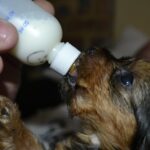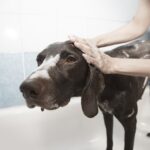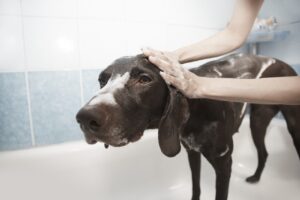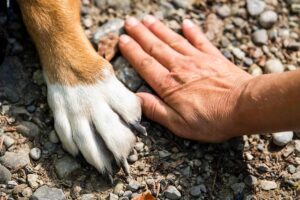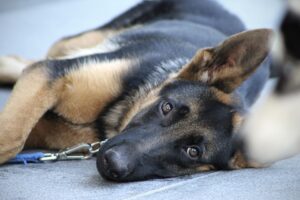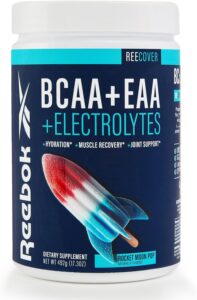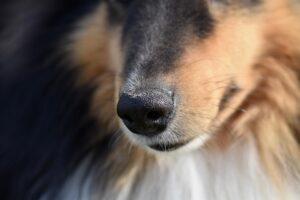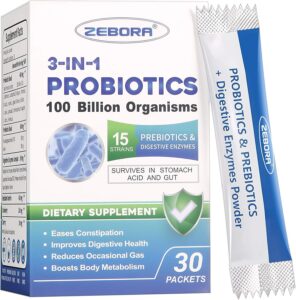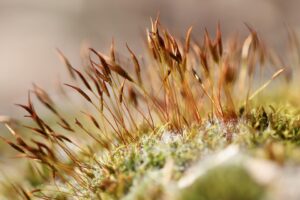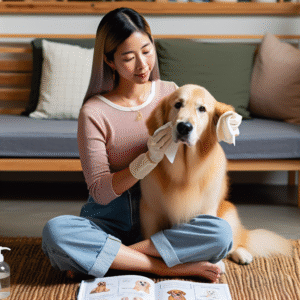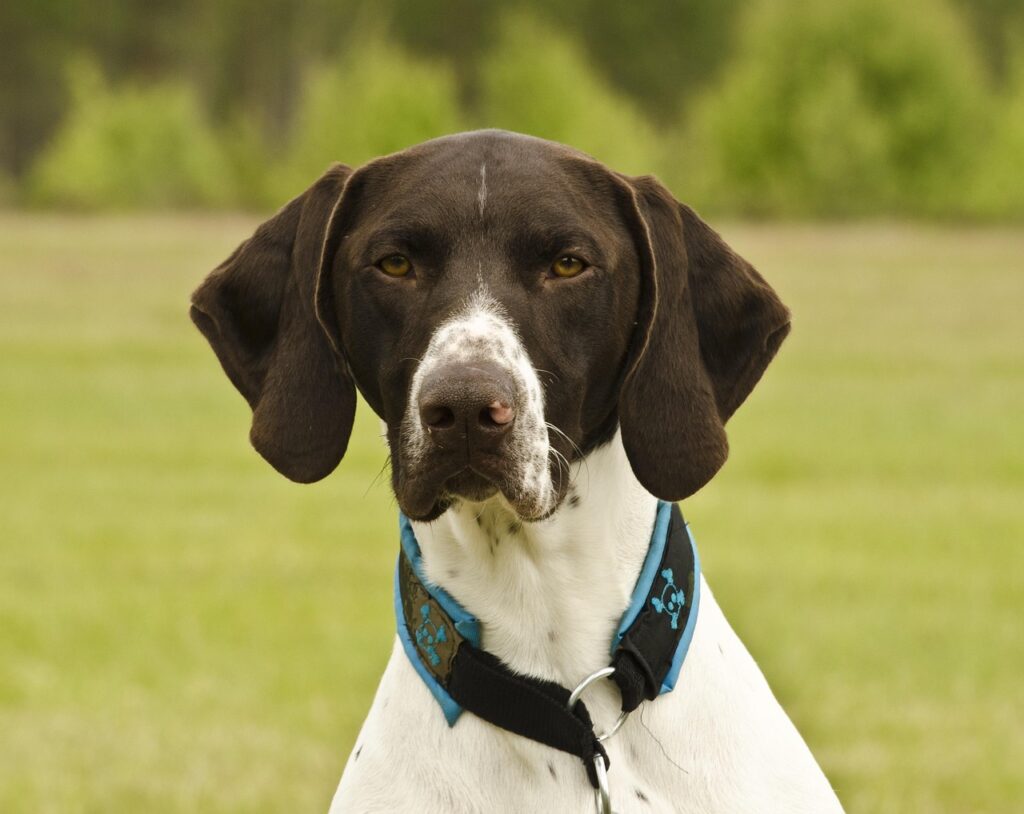
Grooming is an essential part of maintaining a dog’s health and happiness, regardless of their coat type. While short-haired dogs may not require the same level of grooming as their long-haired counterparts, they still benefit greatly from regular grooming sessions. Proper grooming for short-haired dogs isn’t just about aesthetics; it’s crucial for their overall well-being. In this article, we’ll explore effective grooming tips tailored specifically for short-haired dogs, ensuring they remain comfortable, clean, and healthy.
Understanding Short-Haired Dog Breeds
Short-haired dogs come in various breeds, each with unique grooming needs. Some popular short-haired breeds include Labrador Retrievers, Boxers, Bulldogs, and Beagles. These dogs typically have a single layer of fur that lies close to their skin, making them less prone to matting. However, they are still susceptible to shedding and skin issues, which makes regular grooming essential.
The Importance of Regular Grooming
Regular grooming for short-haired dogs offers numerous benefits, including:
- Reduced Shedding: Regular brushing helps minimize shedding by removing loose fur.
- Improved Skin Health: Grooming stimulates blood circulation, promoting healthier skin.
- Early Detection of Health Issues: Regular grooming sessions allow for early detection of skin problems, parasites, or abnormalities.
- Bonding Opportunity: Grooming provides a great opportunity to bond with your dog and establish trust.
Effective Brushing Techniques
Brushing is a cornerstone of grooming for short-haired dogs. Here are some tips to ensure you’re brushing them effectively:
Choose the Right Brush
For short-haired dogs, a rubber curry brush or a bristle brush works best. These brushes are designed to remove loose hair and dirt without irritating the dog’s skin.
Brush in the Direction of Hair Growth
Always brush in the direction of hair growth to avoid causing discomfort or skin irritation. Start from the head and work your way towards the tail.
Establish a Routine
Aim to brush your short-haired dog at least once a week. During shedding season, you may want to increase the frequency to manage excess hair.
Bathing Your Short-Haired Dog
Bathing is another essential grooming step that keeps your short-haired dog clean and odor-free. Here’s how to do it right:
Use a Dog-Specific Shampoo
Always use a shampoo formulated for dogs to avoid skin irritation. Choose a gentle, hypoallergenic formula if your dog has sensitive skin.
Test the Water Temperature
Ensure the water is lukewarm. Water that’s too hot or too cold can be uncomfortable for your dog.
Rinse Thoroughly
After applying shampoo, rinse your dog thoroughly to remove all soap residues. Residual shampoo can irritate the skin.
Cleaning Ears and Eyes
Short-haired dogs still require regular attention to their ears and eyes to prevent infections and discomfort.
Check Ears Regularly
Inspect your dog’s ears weekly for signs of redness, odor, or discharge. Clean them with a vet-recommended ear cleaner, using a cotton ball or pad.
Eye Care
Use a damp cloth to wipe away any discharge or debris from the corners of your dog’s eyes. This helps prevent tear stains and infections.
Nail Trimming
Regular nail trimming is crucial for all dogs, including those with short hair. Long nails can cause discomfort and affect your dog’s gait.
Invest in Quality Nail Clippers
Use sharp, high-quality nail clippers designed for dogs. If you’re unsure, consult a professional groomer for guidance.
Trim Gradually
Trim a small amount at a time to avoid cutting the quick, which can cause bleeding and pain. If you’re nervous, consider using a nail grinder for more control.
Dental Hygiene
Oral health is often overlooked in grooming routines, but it’s crucial for preventing dental diseases.
Brush Their Teeth
Aim to brush your dog’s teeth several times a week using a dog-specific toothbrush and toothpaste.
Dental Chews and Toys
Provide dental chews and toys to help reduce plaque and tartar buildup between brushings.
Paw Care
Short-haired dogs’ paws can also benefit from regular grooming attention.
Check for Injuries
Inspect your dog’s paws regularly for cuts, abrasions, or foreign objects lodged between the toes.
Moisturize Paw Pads
Use a paw balm to keep your dog’s paw pads moisturized, especially in extreme weather conditions.
Dealing with Shedding
Even short-haired dogs shed, and managing shedding effectively can improve your dog’s comfort and reduce hair around your home.
Regular Brushing
As mentioned earlier, regular brushing is the most effective way to control shedding.
Healthy Diet
A balanced diet with essential nutrients can improve your dog’s coat health, minimizing excessive shedding.
Addressing Skin Issues
Short-haired dogs can be prone to skin issues due to their close-lying fur. Here’s how to address them:
Identify Allergies
If your dog frequently scratches or has red, irritated skin, consult your vet to identify potential allergies.
Maintain Hygiene
Regular grooming helps prevent skin infections by keeping your dog’s coat and skin clean.
Conclusion
Grooming short-haired dogs effectively requires attention to detail and consistency. By following these tips, you can ensure your dog remains healthy, comfortable, and well-groomed. Regular grooming not only enhances their appearance but also strengthens the bond between you and your furry friend. Remember, grooming is an ongoing process, and your dog will appreciate the care and attention you provide. With the right tools, techniques, and a little patience, you can keep your short-haired dog looking and feeling their best.
#ChatGPT assisted in the creation of this article.

